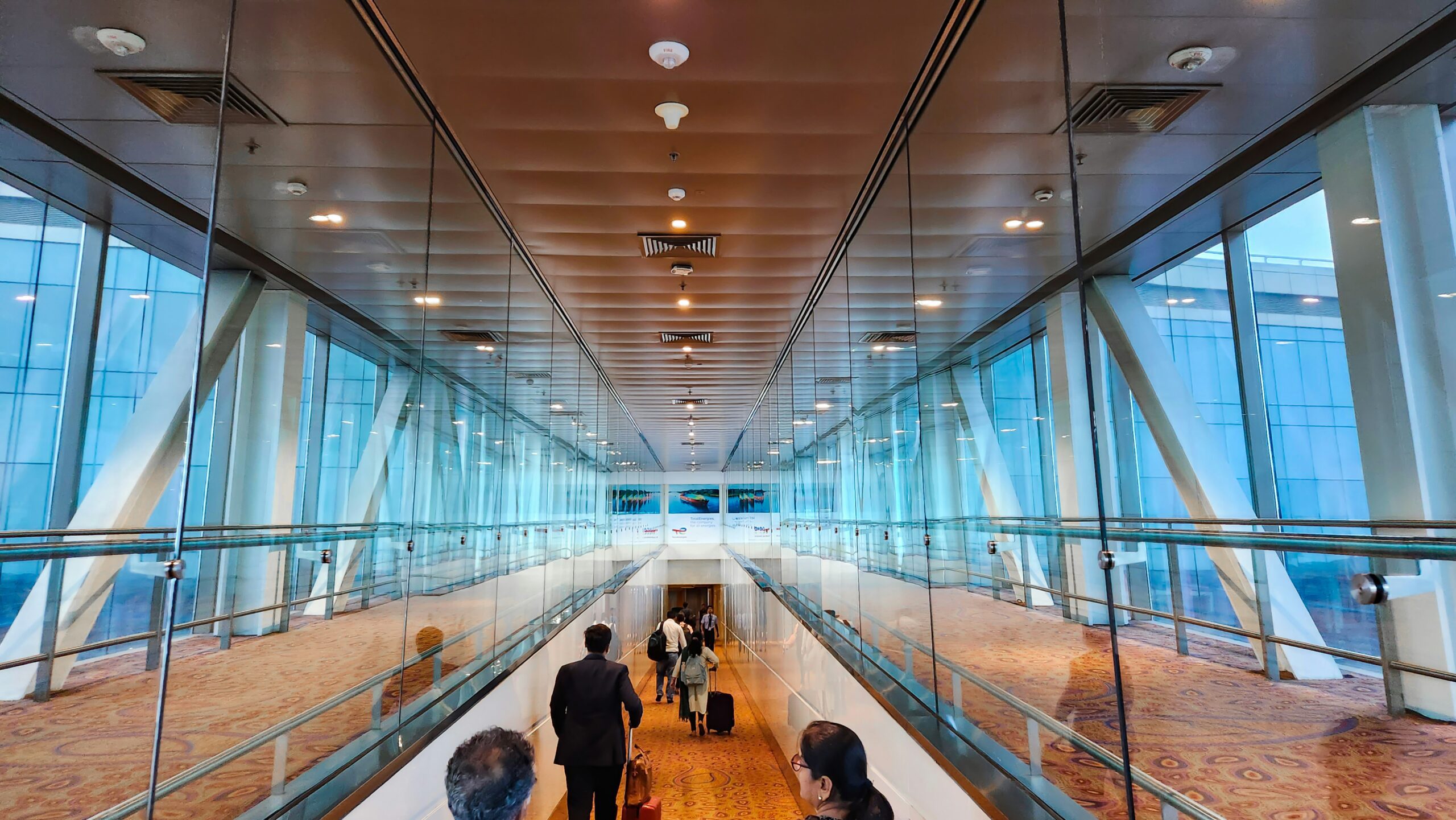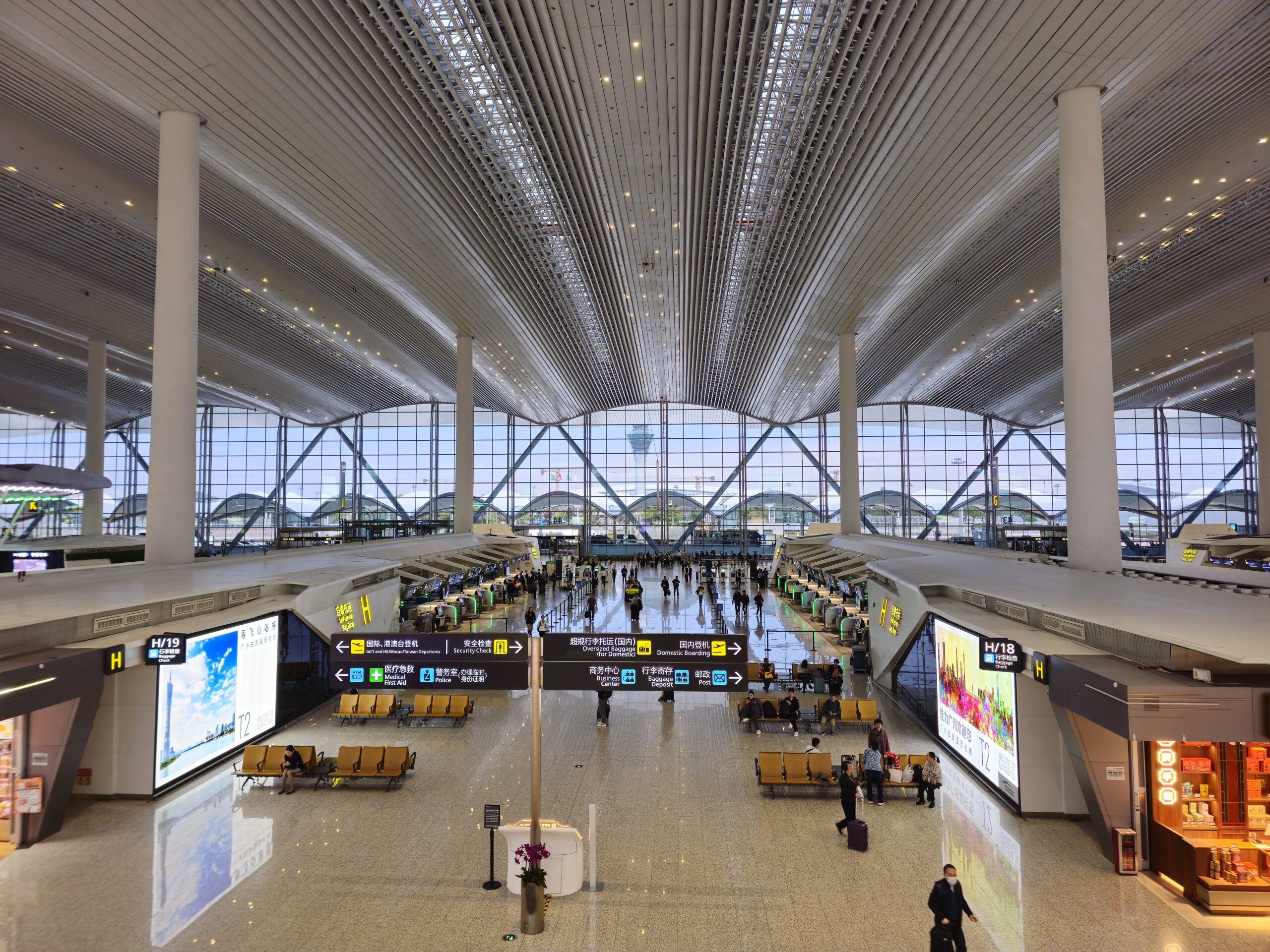John F. Kennedy International Airport (JFK)
History of JFK Airport
Originally opened in 1948 as New York International Airport, JFK was later renamed in honor of President John F. Kennedy in 1963. Over the decades, it has transformed into one of the world’s most iconic aviation hubs, constantly upgrading its infrastructure to meet the demands of global air travel.
Airlines Operating at JFK
JFK is home to more than 70 airlines, offering both domestic and international flights. Major carriers include:
- Delta Air Lines – Operating primarily from Terminals 2 and 4.
- American Airlines – With extensive domestic and international routes.
- JetBlue Airways – Headquartered in New York, with a strong presence at Terminal 5.
- International airlines like Emirates, Qatar Airways, British Airways, and Singapore Airlines connect JFK with Europe, Asia, and the Middle East.
Facilities and Passenger Experience
JFK offers world-class facilities designed to make travel easier and more enjoyable:
- Shopping & Dining: Luxury retail stores, duty-free outlets, and diverse dining options from fast food to gourmet restaurants.
- Lounges: Premium lounges such as Delta Sky Club, American Airlines Admirals Club, and international airline lounges.
- Wi-Fi & Business Services: Free internet access, meeting rooms, and charging stations throughout the terminals.
- Accessibility: JFK is equipped with ramps, elevators, and special assistance services for passengers with reduced mobility.
Connectivity and Transportation
Getting to and from JFK is convenient with multiple options:
- AirTrain JFK: A light rail system connecting terminals with subway lines and Long Island Rail Road (LIRR).
- Taxis & Rideshare: 24/7 availability with flat rates to Manhattan.
- Buses & Shuttles: Frequent services to New York City and surrounding areas.
- Car Rentals: Available from all major companies at JFK’s rental center.
Cargo and Logistics Hub
JFK is also a major center for air cargo, handling pharmaceuticals, electronics, perishables, and express shipments. Its location makes it vital for international trade between North America, Europe, and Asia.
Future Developments
JFK is currently undergoing a multi-billion-dollar redevelopment project. Plans include modernizing terminals, expanding passenger capacity, and enhancing security and sustainability features. These upgrades will ensure JFK remains competitive among the world’s top airports.
Key Facts at a Glance
- IATA Code: JFK
- Location: Queens, New York City, USA
- Opened: 1948
- Annual Passenger Traffic: Over 62 million
- Terminals: 6 operational terminals
- Runways: 4 long runways capable of handling the Airbus A380
Conclusion
John F. Kennedy International Airport is not just New York’s primary international gateway but also one of the busiest airports in the world. Whether you are traveling for business, leisure, or cargo operations, JFK offers the facilities, connectivity, and global reach that few airports can match.


